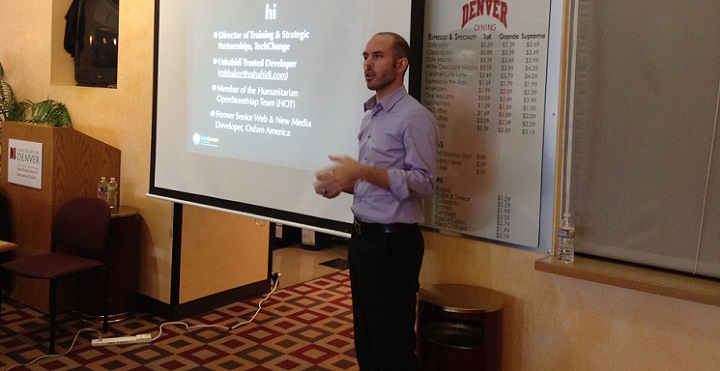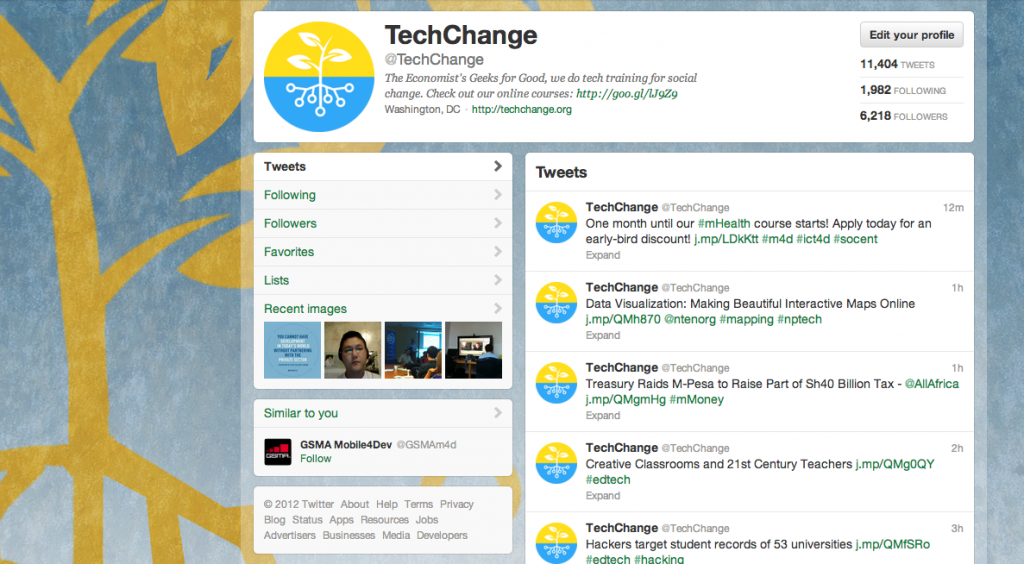As you can probably tell, we’re all very excited here at TechChange. Former TechChanger, long-time Ushahidi guru, and eternal Zen Archer Rob Baker has been selected as part of the second round of the Presidential Innovation Fellows program. Yes, Rob will be contributing to Open Data Initiatives at USAID where he will develop innovative solutions in areas of national significance.
For those who are unfamiliar with the program, the White House website has details:
“The Presidential Innovation Fellows (PIF) program pairs top innovators from the private sector, non-profits, and academia with top innovators in government to collaborate during focused 6-13 month “tours of duty” to develop solutions that can save lives, save taxpayer money, and fuel job creation. Each team of innovators is supported by a broader community of interested citizens throughout the country.”
But don’t just take it from the White House. Have a listen to last year’s fellows about what their experience meant:
While we’re pretty stoked about open data in general (and even teach it as part of our course on Open Government) and this development in particular, the timing couldn’t be more perfect for our first-ever upcoming course on intrapreneurship. Intrapreneurship is defined as entrepreneurial behavior from within a large, established institution. But the truly interesting part of this program is that it shows an angle that institutions should consider: institutionalizing a process for insourcing innovative talent and new ideas. While most of our posts have thus far focused on the role of individuals in pushing their organizations forward, the truth is that forward-thinking organizations are looking just as hard for entrepreneurs to help rethink their business. After all, if ideas like this can deliver solid results for an institution as large as the federal government, then your organization is hard-pressed to find an excuse.
And so from the bottom of our hearts and the top our nerd attic, we’re sending our best to Rob and all of the incoming fellows! We know you’ll crush it.
 Pictured: Rob Baker speaking at DU
Pictured: Rob Baker speaking at DU
If you’re interested in contributing to PIF projects, you can learn about current and future rounds of the PIF program at whitehouse.gov/innovationfellows, contribute code on GitHub, or visit Data.gov to help turn openly available government data into new products, services, and jobs.

